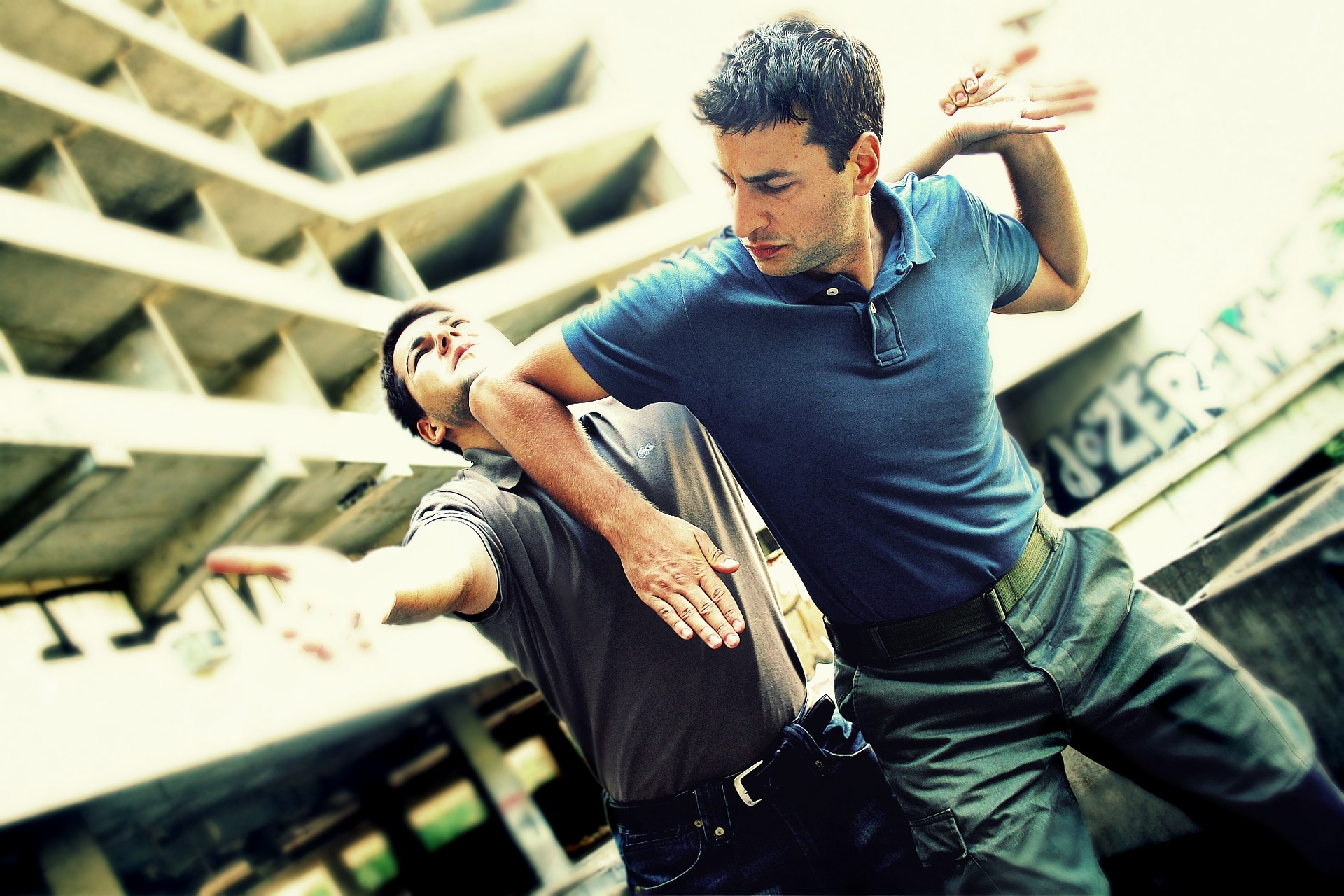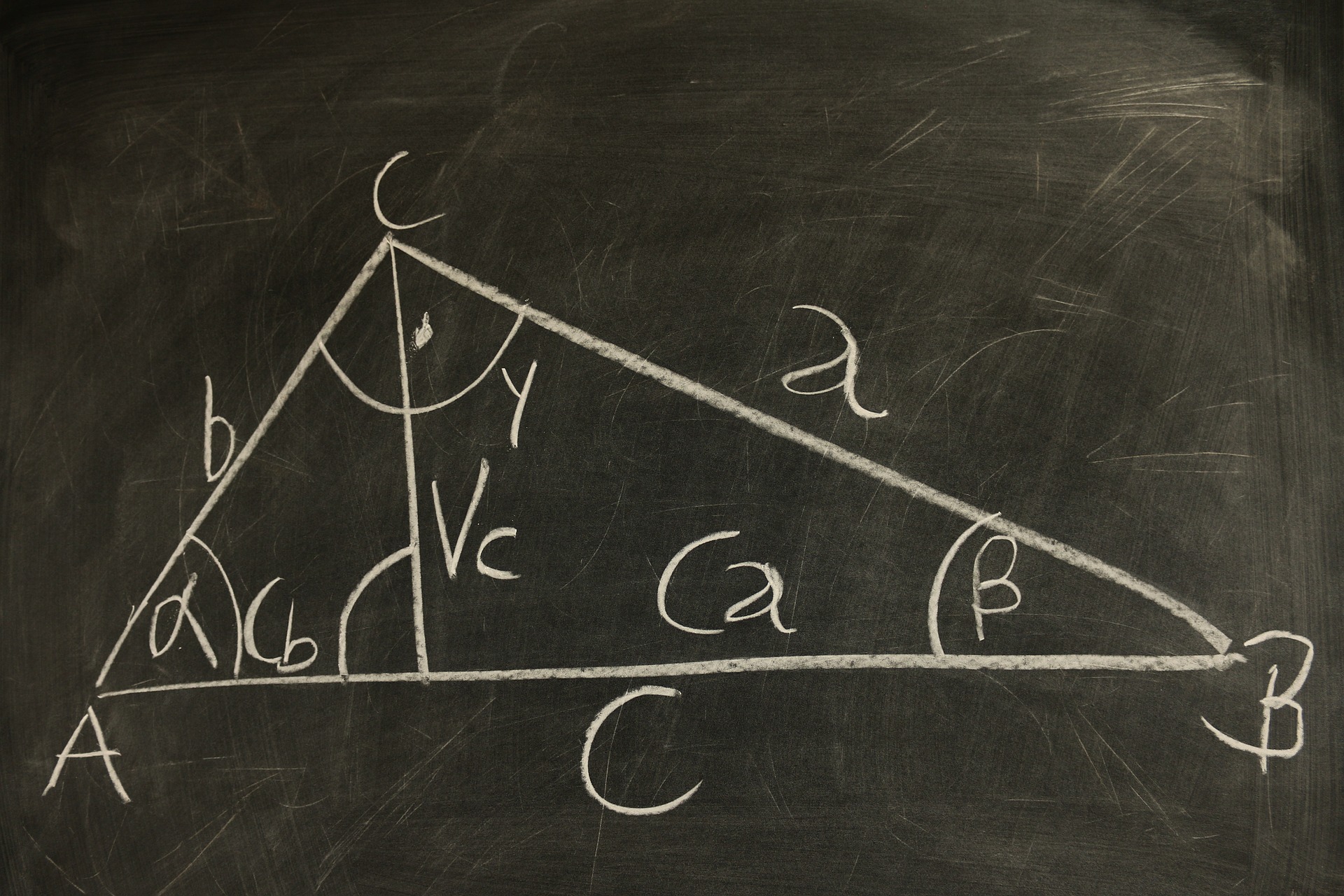In the 1980s, the roller rink was the favorite pastime for kids, teens, and young adults. One of the themed skates at the rink was Crack the Whip. The entire roller group would hold hands and skate in a large circle. The poor fellow at the end would go faster and faster until, pop, they let go. The speed skater would zip down the rink at incredible speed. Most kids would hit the railing if they weren’t good a steering. Those were good times.
Contact with an opponent does not always need to be powerful. As with checks and joint locks, subtle contact works well. It can create better situations to continue your counterattack. In a sense, it is the softening of a target—preparing it for another assault by destroying the defenses.
Where The Line Ends, The Circle Begins
I’ve discussed manipulating targets along the X, Y, and Z-axis. These are linear strategies to control the opponent and disrupt his balance. Using the twister concept, you employ axial rotation that torques the opponent’s body around the axis. The axis you spin around is usually the centerline. You see this often in joint locks using the chin to control the head.
For instance, you’ve just hit the face with your palm. Instead of pulling back to the chamber, let the hand collapse on the face as if you were holding a football. Push the head to its side by rotating it to its maximum operational limit. This contact puts strain on the neck joint. Unbalance the opponent with a hip bump or leg hock. As they are floating, pull the head along the perpendicular axis. In other words, pull on the head against its rotated position towards you. This rotation will put intense pressure and strain on the neck, immobilizing the opponent.
We often use this in submissions after a technique ends. You can push the face away from you as you sit upon the opponent’s hip and shoulder with their arm in a lock across the knee. Due to its difficulty and danger, this technique is often only taught at the Brown Belt level or higher.
Hidden Chin Crank
Kamuki 4 (aka 4 Kata) has a chin crank. About midway through the kata, when you step into a low Dragon stance with a supported inverted ridge hand block (from the Ten Point Blocking set), you next grab the head and perform a knee strike. For years I thought this kata section looked nice but was silly. Now I see the beauty behind the fancy moves.
The block intercepts the attacking fist and deflects it off the line. Before you lose contact with the arm, step up. This action slides you up the arm towards the head. As the arm veers offline, the head usually follows suit. Your palm contacts the chin and begins the rotation in the same direction. By the time the opponent’s chin is opposite of you—a full 180° rotation—your knee should be making contact with the opponent’s back and spine. I like to use the other hand to pull back on the head, assisting the torque hand in a full neck crank.
This little move is the most devastating technique in the kata. Well worth the years of practicing it over and over again. The assistant instructor at the time probably didn’t know this hidden technique when he taught the kata to me. I didn’t realize it until years later as I thought and toyed with bunkai (application) and applying theory from one technique to others.
Twist and Shout
Axial rotation allows you to break the balance of your opponent. This rotation distracts the opponent. When pushing their head around will enable them to fall, it is difficult for the opponent to think. You disrupt the thought process and diffuse the ability to mount a counter-offensive. Second, it locks out the body. This lock is called skeletal freezing or skeletal locking, depending on whom you ask. Wrenching the body in this manner produces ancillary benefits too. Often a stray limb will dangle, allowing you to capture it and apply additional joint locks or submissions. Finally, the torque on the joint produces intense pain that helps you to end the conflict quickly.
Twister is the concept of axial rotation and torquing the opponent into a submission hold. It’s another layer of applying the proper technique to your combinations.
Are you twisted up about joining a martial arts school? Do you wish you could unwind with friends at the fun classes? It is time to sign up and get started. Join our Kicks and Sticks class today.



